Deck & Commander Strategies
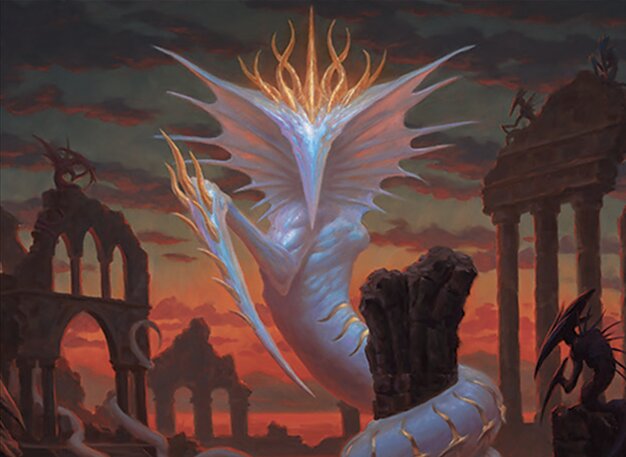
Sliver Gravemother
Builds a wide board of sliver creatures with replicated effects, leveraging graveyard slivers and buffs to overwhelm opponents with flying and first strike attacks.
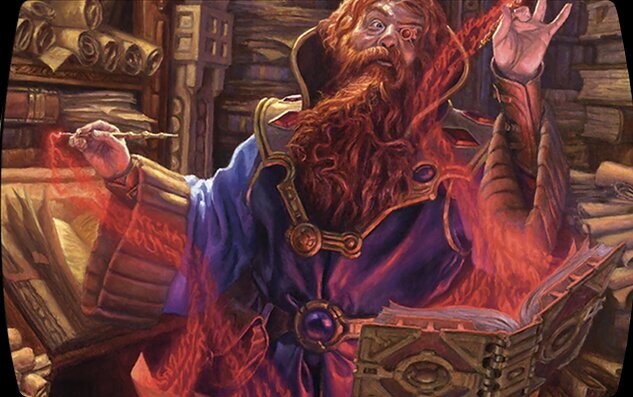
Commodore Guff
Planeswalker tribal deck focusing on controlling the board via planeswalker abilities, drawing cards, and using powerful ultimates to clear threats and gain advantage.
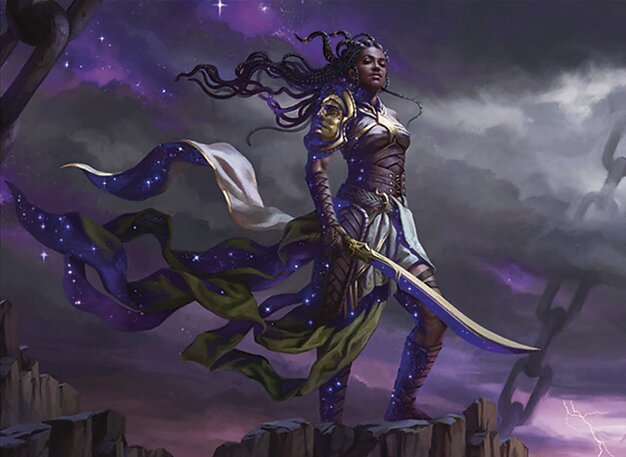
Anikthea, Hand of Erebos
Enchantress and recursion strategy that draws cards from casting enchantments, creates zombie copies of enchantment creatures, and sustains value through enchantment synergies.
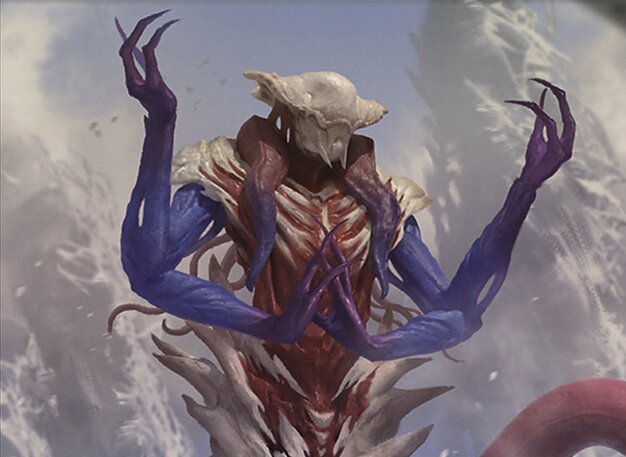
Zhulodok, Void Gorger
Utilizes waste and graveyard interactions to generate incremental advantage, focusing on recursion and board control by sacrificing and reanimating creatures.
Gameplay Insights
- 1
Sliver Gravemother's use of replicate on sliver creatures generated multiple tokens, providing a wide aggressive board that proved difficult to manage.
- 2
Commodore Guff's planeswalker ultimate effectively cleared the board but also triggered graveyard synergies for other players, shifting the game's momentum.
- 3
Anikthea capitalized on enchantment recursion and zombie copies to maintain board presence even after board wipes.
- 4
Zhulodok's reliance on mana ramp and graveyard recursion was hampered by early losses and targeted removal, limiting its impact.
- 5
Players carefully chose attack targets and removal priorities to balance between disrupting opponents and preserving their own synergies.
Notable Cards
-
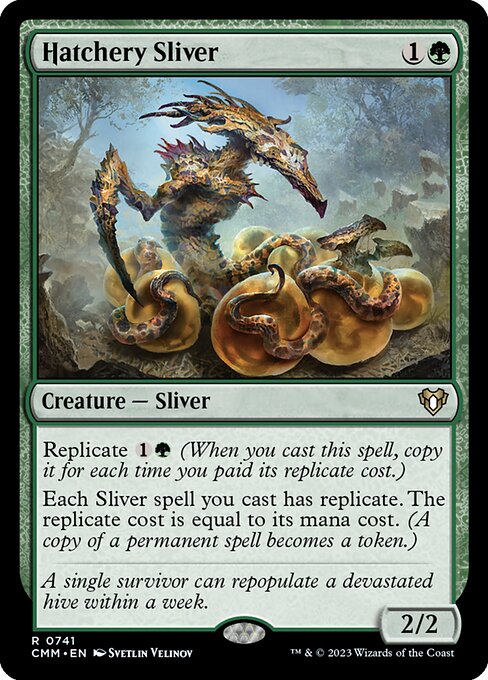
Hatchery Sliver
-
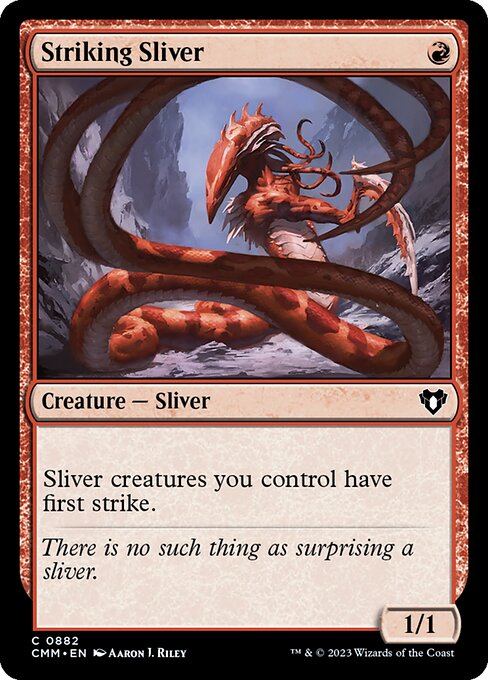
Striking Sliver
-
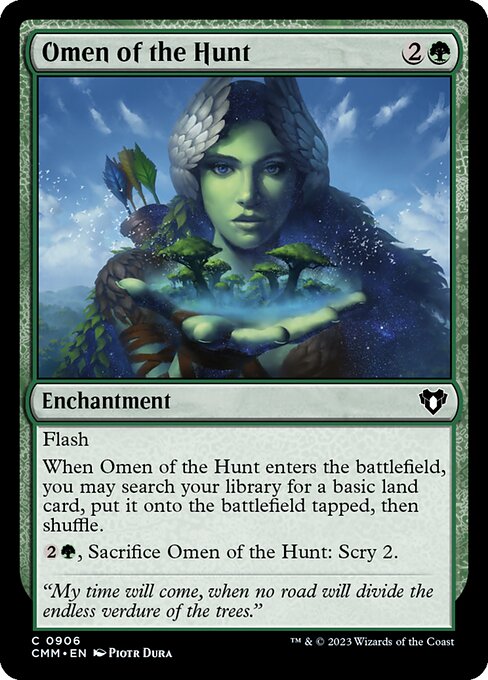
Omen of the Hunt
-
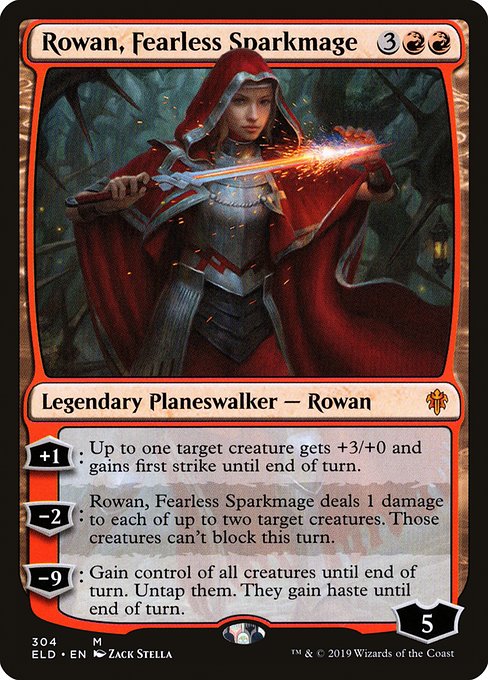
Rowan, Fearless Sparkmage
Gameplay Summary
The game started with players deploying their commanders and setting up their mana bases, with Sliver Gravemother quickly establishing a replicated sliver board state, boosting their creatures with flying and first strike.
Commodore Guff focused on a planeswalker tribal strategy, using planeswalkers like Rowan to control the board and generate value through removal and draw.
Anikthea, Hand of Erebos, pursued an enchantment-focused build with recursion and card advantage via enchantress effects, while Zhulodok aimed to leverage waste and graveyard interactions for incremental advantage.
Early skirmishes involved targeted attacks and removal spells, with players jockeying for board control and value generation. A pivotal moment occurred when Commodore Guff utilized a powerful planeswalker ultimate that wiped many creatures, devastating the board but triggering graveyard synergies for some decks.
This led to a complex state where Anikthea created zombie copies of enchantments, and Sliver Gravemother's slivers adapted to the shifting battlefield with replicated flying threats.
Zhulodok struggled with mana but sought to capitalize on graveyard recursion and waste effects.
The game featured multiple strategic decisions around protecting key threats, managing the graveyard, and timing board wipes.
Eventually, Sliver Gravemother leveraged overwhelming replicated sliver attacks combined with first strike and flying to dominate combat phases, pushing for lethal damage and securing the win condition through aggressive, synergistic creature combat.

























